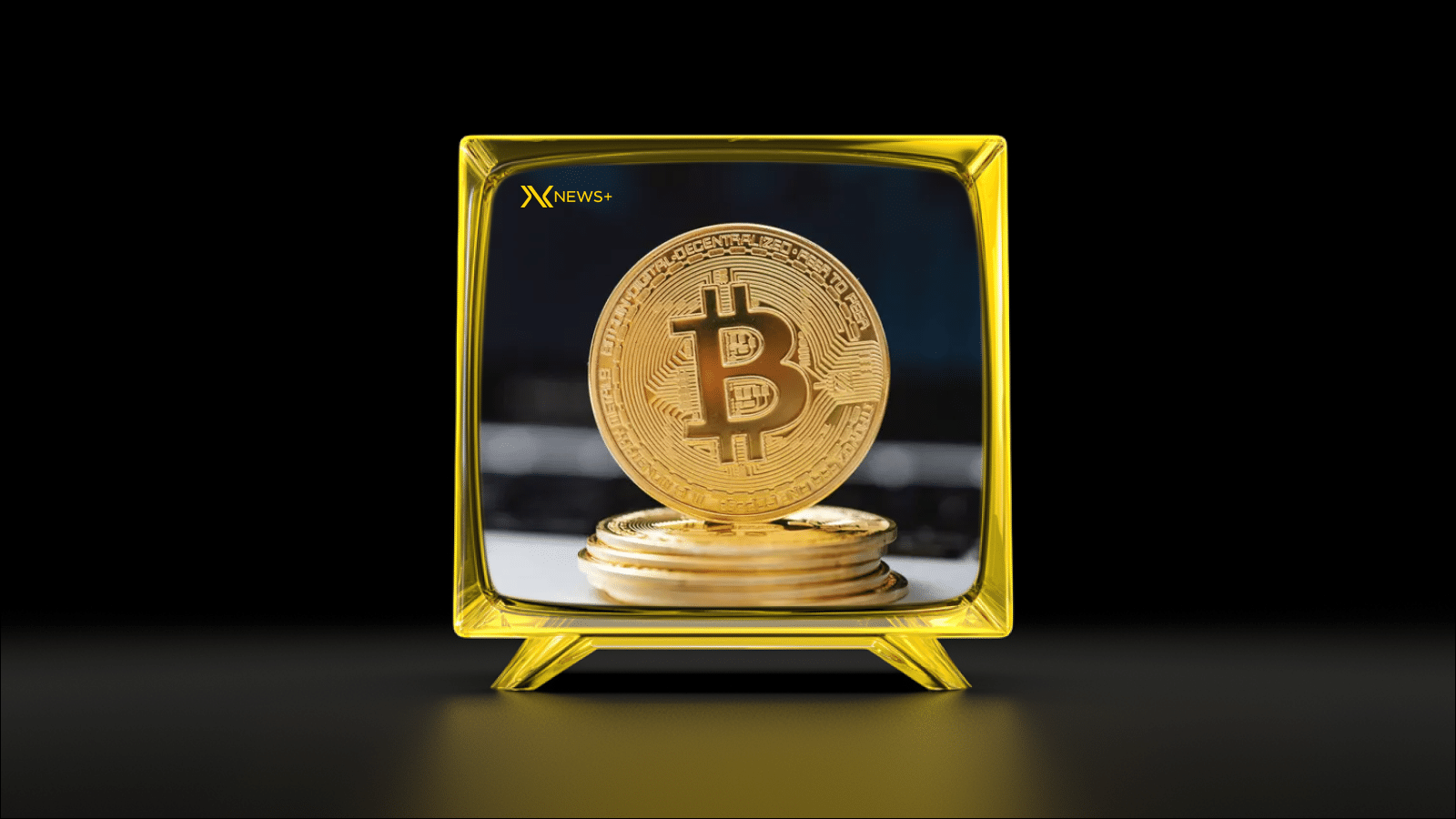FED’s Liquidity
In order to stabilize the economic situation, the Federal Reserve (FED) aims to develop financial instruments to increase or decrease the amount of money on the market by controlling the money supply and interest rates, developing liquidity policies.
During the 2008 financial crisis, the FED made a significant change in its monetary policy practices and developed a liquidity policy to overcome the liquidity crisis in the US financial markets. These practices, known as unconventional monetary policy, led to an unprecedented expansion of liquidity in the US financial markets.
A) First Program (QE1): By launching quantitative easing for the first time, it aimed to stimulate the economy by increasing liquidity in the market. Between December 2008 and July 2010, the QE1 program purchased a total of 800 billion$ Treasury bonds and mortgage-backed derivatives from banks.
Failing to get results from the QE1 program, the Fed launched a second program called QE2 in November 2010
B) Second Program: Through QE2, which lasted until July 2011, the Fed again Treasury bonds from banks and gave them 600 billion$ in return.
QE2 was more successful than the first one.
- This monetary support, which came on top of the QE1 Program, further expanded liquidity in the market.
The effects of this policy instrument on the US economy and the economies of other countries gradually increased and a new policy was developed.
The aim was to rebuild consumer, investor and financial institution confidence and, in short, to turn expectations in a positive direction.
C) The Third Program (Operation Twist): It put in place a program that cost 400 billion$ in total. It was a practice similar to QE, i.e. buying long-term bonds and mortgage derivatives from banks, giving them money and allowing them to get out of long links.
D) Fourth Program (QE4): In this program, the Fed announced that it would continue to buy mortgage derivatives at a rate of 40 billion$ per month under Operation Twist, while buying Treasury securities at a rate of 85 billion$ per month.
When these policies were defined as returning the economy to growth, reducing unemployment, breaking the deflationary structure and restoring confidence in the financial system, some of them were achieved, but some were not.
With the failure of these liquidity policies with traditional financial instruments, the FED aimed to reduce borrowing costs by reducing interest rates. In order to provide a low-interest rate environment by enabling investors to take more risk, it has provided guidance to non-traditional investment instruments (cryptocurrencies).
The US has shown that FED’s interest rate hikes have a positive long-run effect on stock markets in all countries.
FED interest rates affect exchange rates negatively in the long run in S. Korea, negatively in the short run in Canada, Brazil, Russia, India, S. Africa, Mexico, S. Korea and Indonesia, and positively in the UK and Japan. The FED’s quantitative easing policies have a positive effect on the stock markets of Canada and Italy in the short run and a positive effect on the stock markets of the US, Canada, UK, Germany, India, China, S. Africa, Mexico, S. Korea, Indonesia, Malaysia and Turkey in the long run.
It can be stated that the liquidity created in the market with the QE policies implemented by the FED has been especially directed to the stock markets of emerging economies. The impact of the FED’s QE policies on exchange rates is found to be positive in general, with a larger short-term impact.
Impact on Crypto Markets
The damage caused by liquidity policies on inflation has encouraged investors to invest in decentralized assets in the following periods, encouraging them to invest and enabling investors to use crypto assets as a way of saving during interest rate increases.
- Interest rate cuts create more liquidity in the market. This could increase demand for cryptocurrencies and contribute to higher prices.
- Low interest rates cause investors to turn to speculative assets in search of higher returns. Cryptocurrencies are among such speculative investments.
General
The FED’s liquidity-enhancing policies (e.g. low interest rates and asset purchases) have caused investors to turn to risky assets. This has increased the demand for cryptocurrencies
The FED’s liquidity policies have provided a positive liquidity environment, affecting overall market sentiment in the long term. They can support uptrends in the crypto market, while periods of tightening (liquidity reduction) can lead to declines. The crypto market is sensitive to the FED’s policies. In the long run, the evolution of the FED’s liquidity policies has significant implications for crypto asset adoption and market dynamics.





